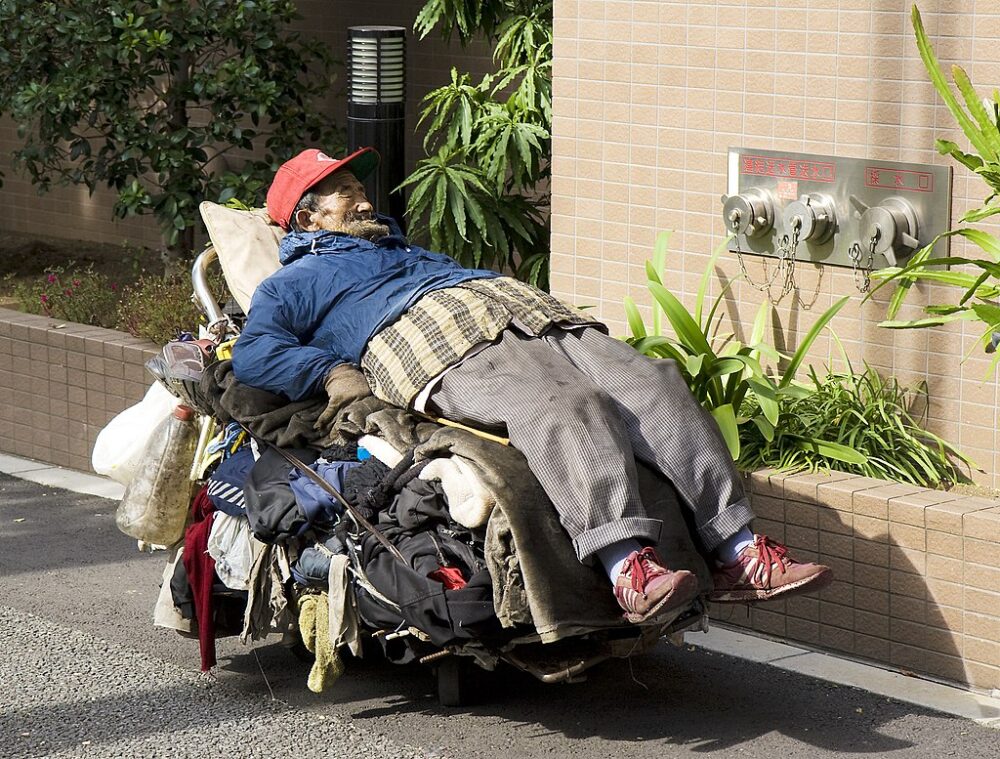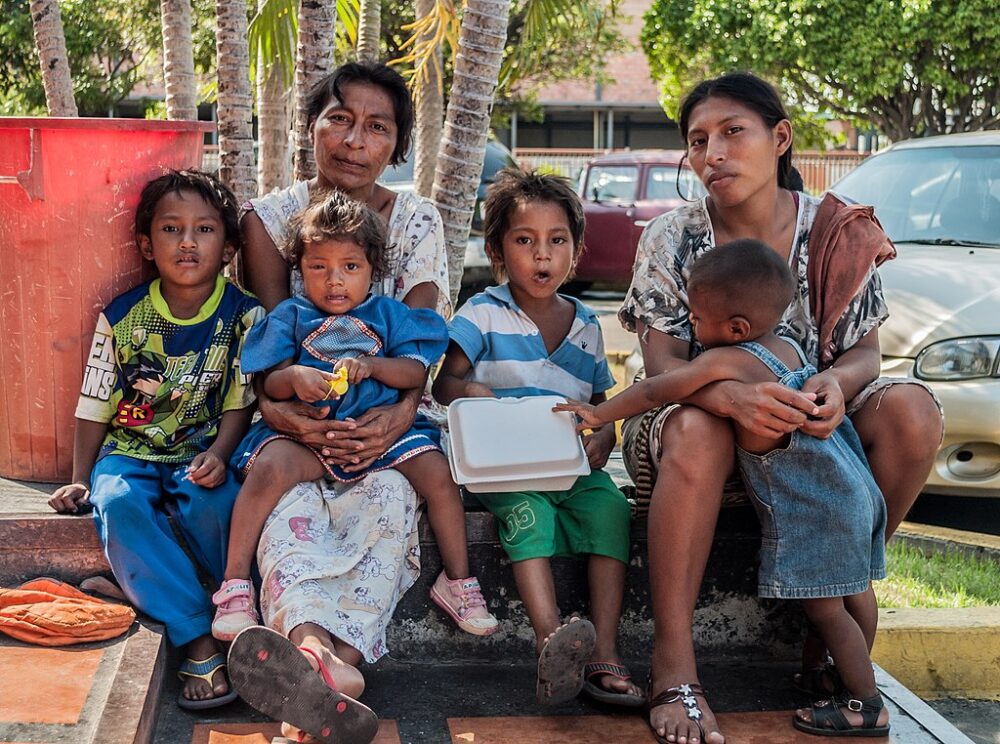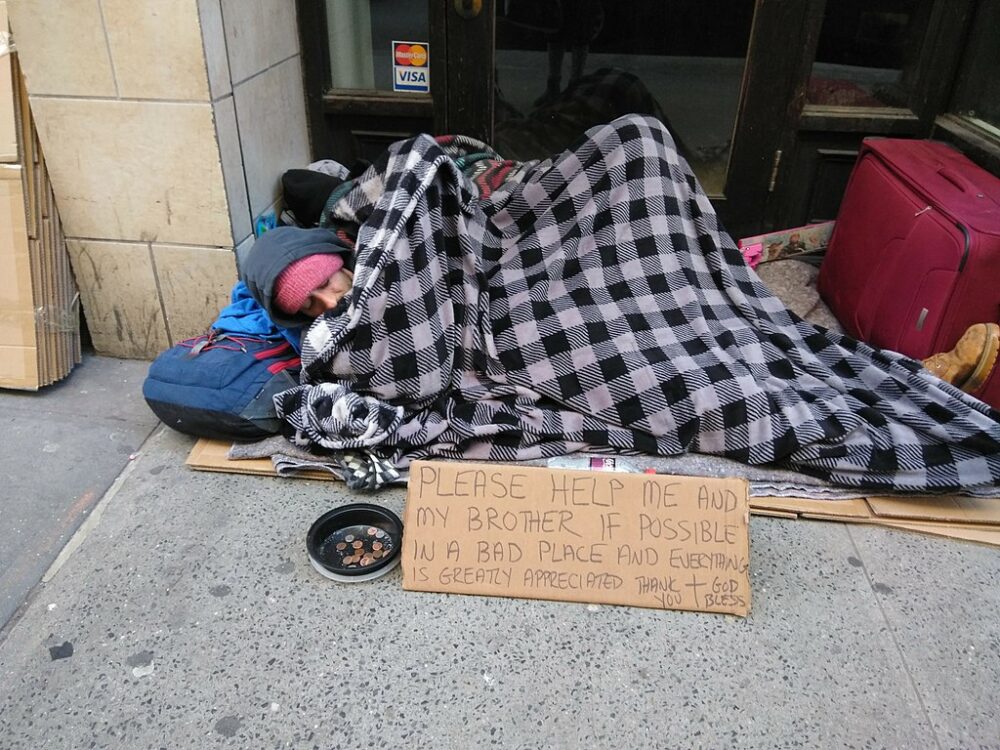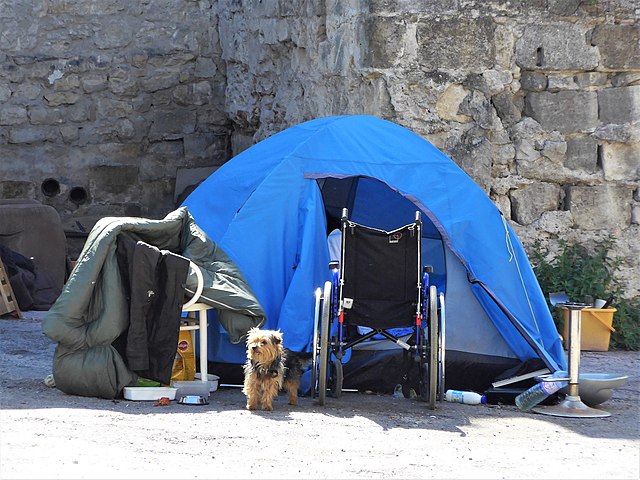Homelessness is a complex and pressing issue that affects millions of people worldwide. It’s not just about not having a roof over your head; it’s about the factors that lead people to this difficult situation. When we ask, “What causes homelessness?” we’re focusing on various social, economic, and personal factors. These causes can vary widely, from financial struggles to health issues. Today, we aim to shed light on the underlying reasons behind homelessness and explore ways you can help.

What Causes Homelessness?
Homelessness is a complex issue with many causes. Understanding these causes is essential to finding solutions. Often, it’s a combination of these factors rather than a single cause:
- Economic Hardship: One of the most common reasons is financial difficulty. Job loss, low wages, and high living costs can make it hard for people to afford housing. In rural areas, these challenges can be amplified by fewer job opportunities.
- Health Issues: Physical and mental health problems can also lead to homelessness. Without proper healthcare, individuals may struggle to maintain jobs or manage expenses, pushing them into homelessness.
- Social Factors: Family issues, such as domestic violence or family breakdown, often force individuals out of their homes. Additionally, the lack of support networks for people in crisis contributes significantly.
- Housing Market: In many places, there’s a lack of affordable housing. This issue is particularly acute in urban areas but affects rural communities, too.
Recognizing these factors helps us understand the plight of the homeless and drives the search for effective, compassionate solutions.

What Causes Homelessness in Latin America and Rural Communities
When we look at Latin America and rural areas, the reasons for homelessness can be quite specific. Understanding these helps us see the bigger picture.
- Economic Challenges: In Latin America and rural communities, job opportunities can be scarce. Many jobs don’t pay enough, making it tough for people to afford a home. Also, industries like farming in rural areas can be unpredictable, affecting income stability.
- Natural Disasters: Latin America often faces natural disasters like earthquakes and hurricanes. These events can destroy homes and livelihoods, leaving people without a place to live.
- Political and Social Issues: Political instability and violence can force people to leave their homes in some parts of Latin America. Rural areas sometimes lack the social services found in cities, making it harder for people to get help when they need it.
- Limited Access to Education and Healthcare: Access to good schools and healthcare can be limited in both regions. This makes it harder for people to improve their situation and can lead to homelessness.

The Cycle of Poverty and What Causes Homelessness
Homelessness and poverty are closely linked, often creating a cycle that’s hard to break. Understanding this cycle is important. It shows us that helping with homelessness is also a way to fight poverty. Here’s how this cycle works:
Starting Point: Poverty can lead to homelessness. When people don’t have enough money, they struggle to pay for things like housing, food, and healthcare.
Getting Stuck: Once homeless, finding a job or going to school is even harder. Without a home address, applying for jobs or getting assistance from social services is tough.
Health and Safety Risks: Being homeless can lead to health problems. It’s also not safe. This makes it harder for people to improve their situation. Constantly living in fear can lead to mental health issues, which makes it even more difficult to find a solution.
Challenges for Kids: Homelessness can mean missing school and falling behind. This makes it tough for them to get good jobs in the future, continuing the cycle of poverty for both themselves and future generations.

The Tough Reality of Being Homeless
Being homeless is more than just not having a house. It brings many hard challenges and makes people very vulnerable. People without homes face numerous health problems due to exposure to harsh weather and lack of access to medical care. This makes them more prone to illness and health issues.
Another significant concern is safety. Without a secure place to stay, homeless individuals are more exposed to dangers like theft and violence. This risk is particularly high for vulnerable groups like children and women. In addition to safety and health concerns, homelessness poses substantial barriers to employment. Without a stable address, finding a job becomes a daunting task. Employers often require an address, and the lack of a place to prepare for interviews further complicates the job search process.
Feeling isolated is also a common experience among the homeless. The loss of a stable community and severed connections with family and friends contribute to a profound sense of loneliness. For children who are homeless, the constant moving and instability severely disrupt their education, leading to academic struggles and difficulties in maintaining consistent schooling.
These challenges underscore the importance of understanding and addressing the struggles faced by homeless individuals. By gaining insight into their hardships, we can better support and assist them in overcoming these obstacles.
Safe Homes Movement: A Ray of Hope
The Safe Homes Movement is an inspiring initiative that’s making a real difference in the lives of people who are homeless. This movement focuses on creating safe, stable, and supportive environments for those in need. It’s not just about providing a roof over someone’s head; it’s about offering a place where individuals can rebuild their lives with dignity.
The movement works tirelessly to address the root causes of homelessness, like poverty, lack of affordable housing, and social isolation. By tackling these issues, Safe Homes aims to give people a safe place to stay and help them find their footing in the community again.
Safe Homes Movement believes that everyone deserves a place to call home, a space where they feel safe and valued. Their work goes beyond mere shelter; it’s about creating a foundation for a better, more stable future. This movement is a beacon of hope, showing that people can overcome the challenges of homelessness with the right support.
If you’re interested in learning more about how you can help or want to better understand the issues surrounding homelessness, we encourage you to download the Safe Homes Movement brochure. This brochure is packed with information about their work and how you can be part of this positive change. Whether it’s through volunteering, donating, or simply spreading awareness, every bit of support makes a difference. Join us in this important cause and help bring hope and change to those in need.





